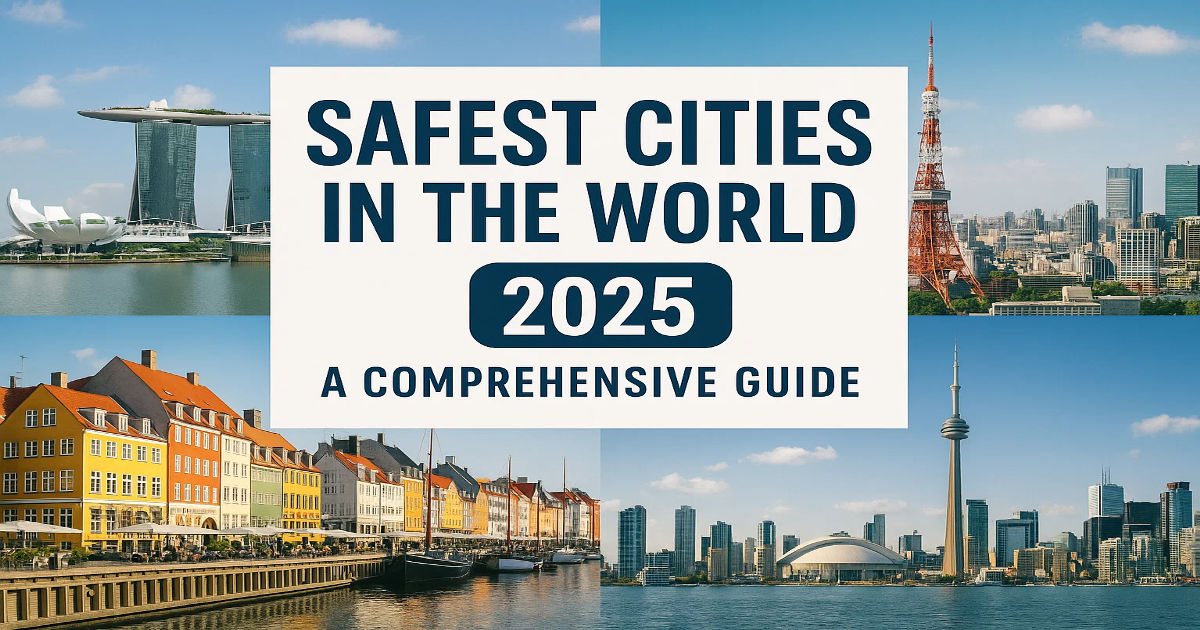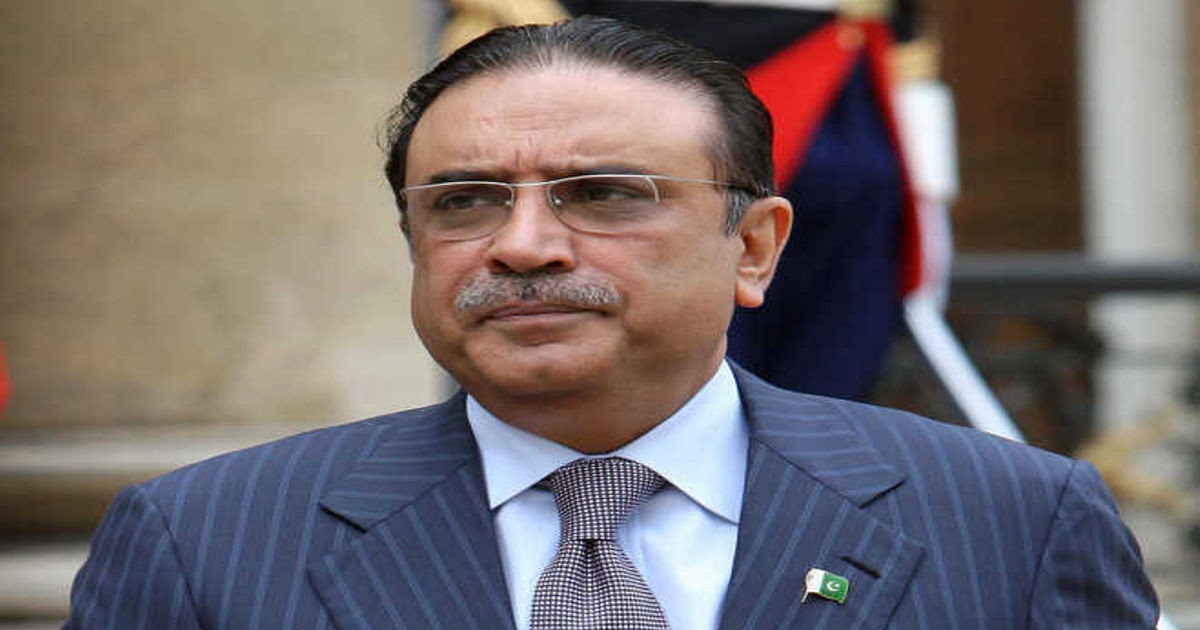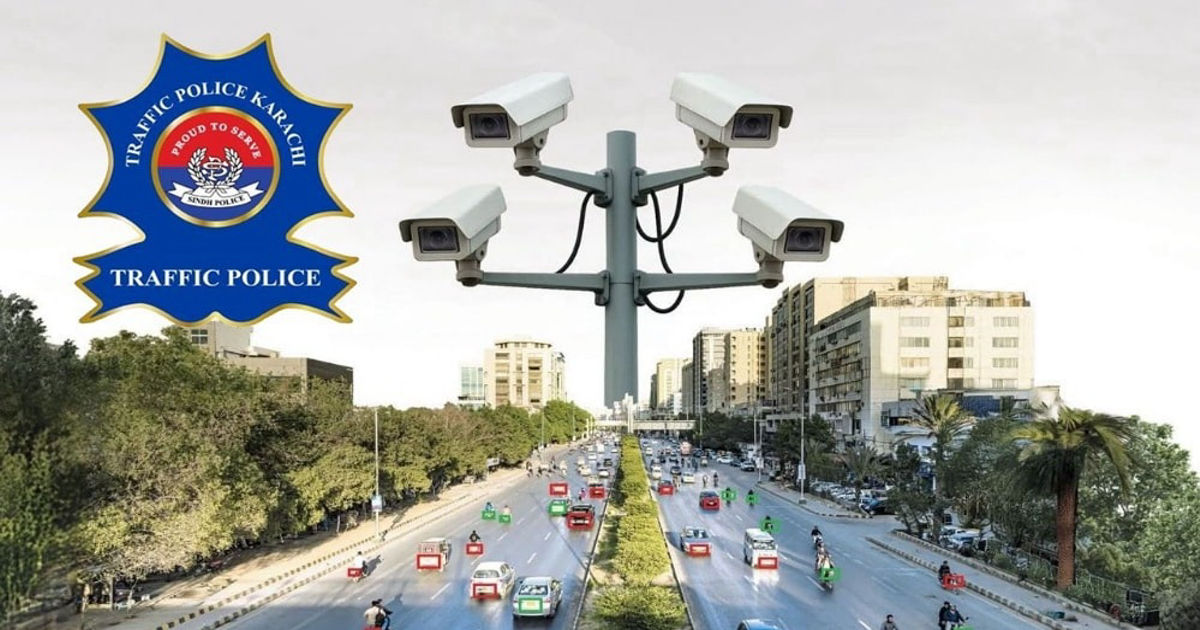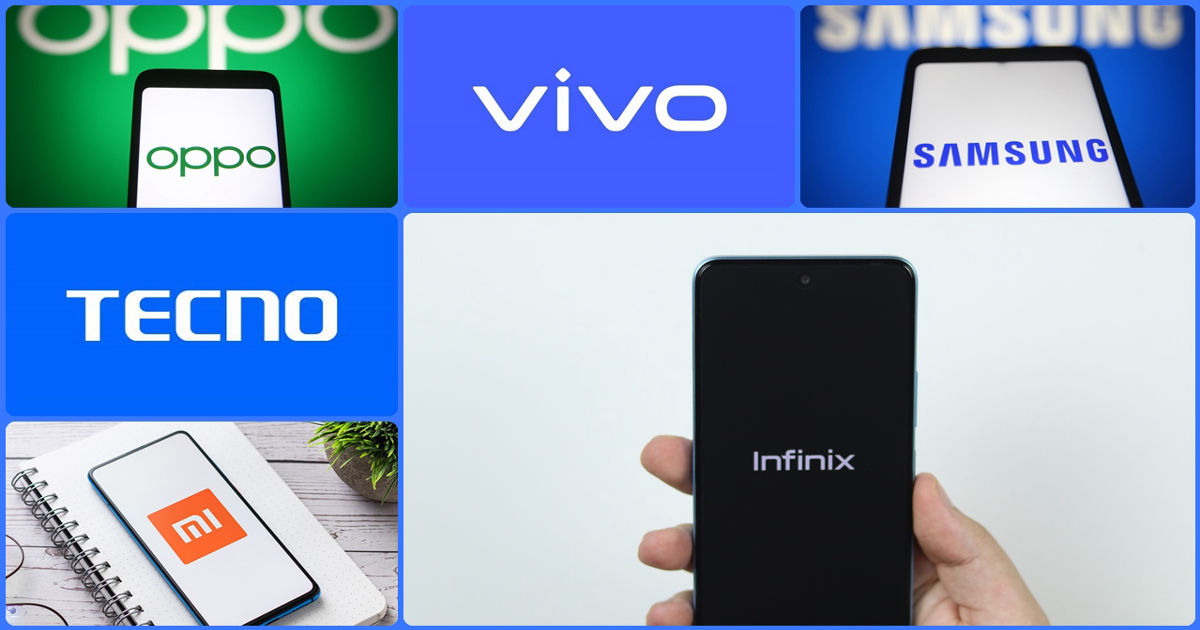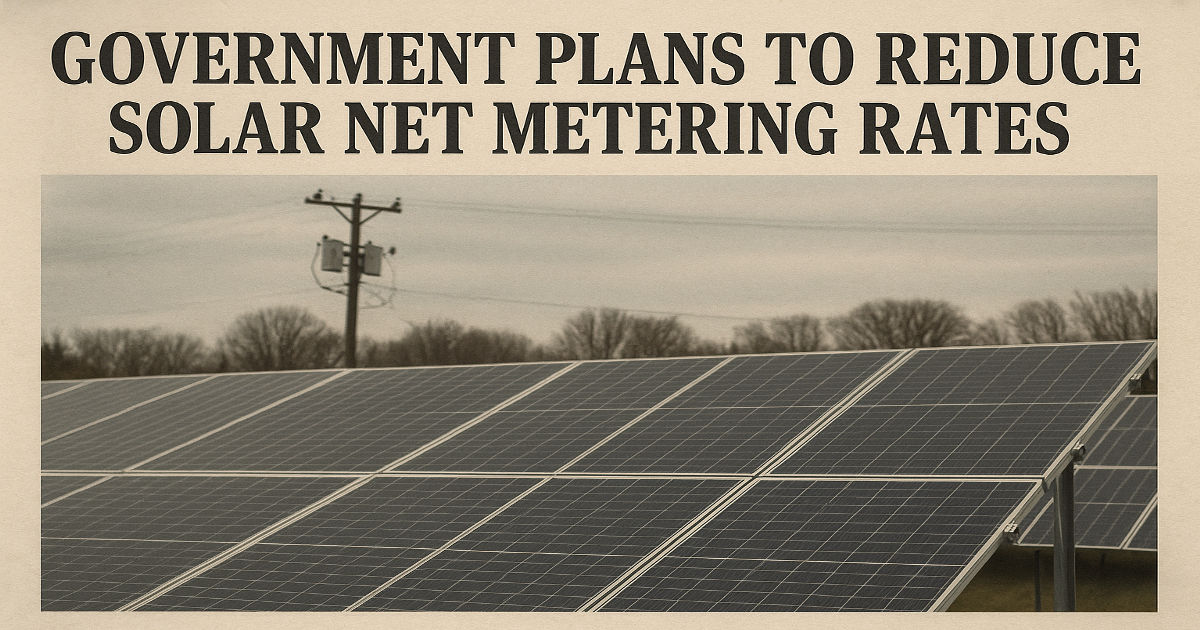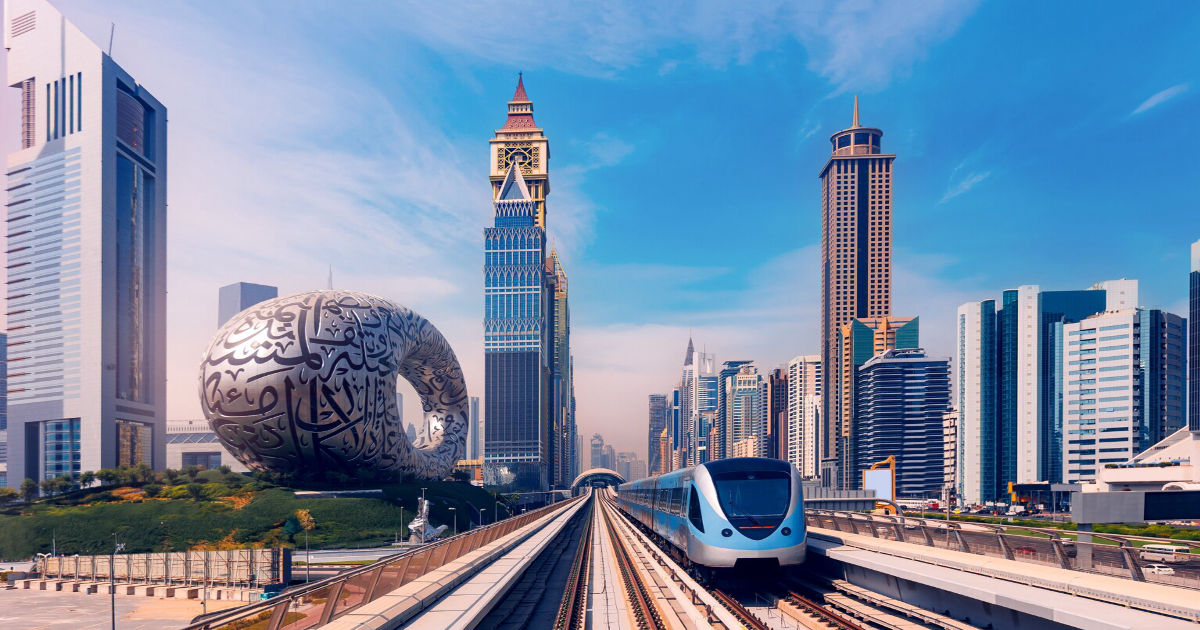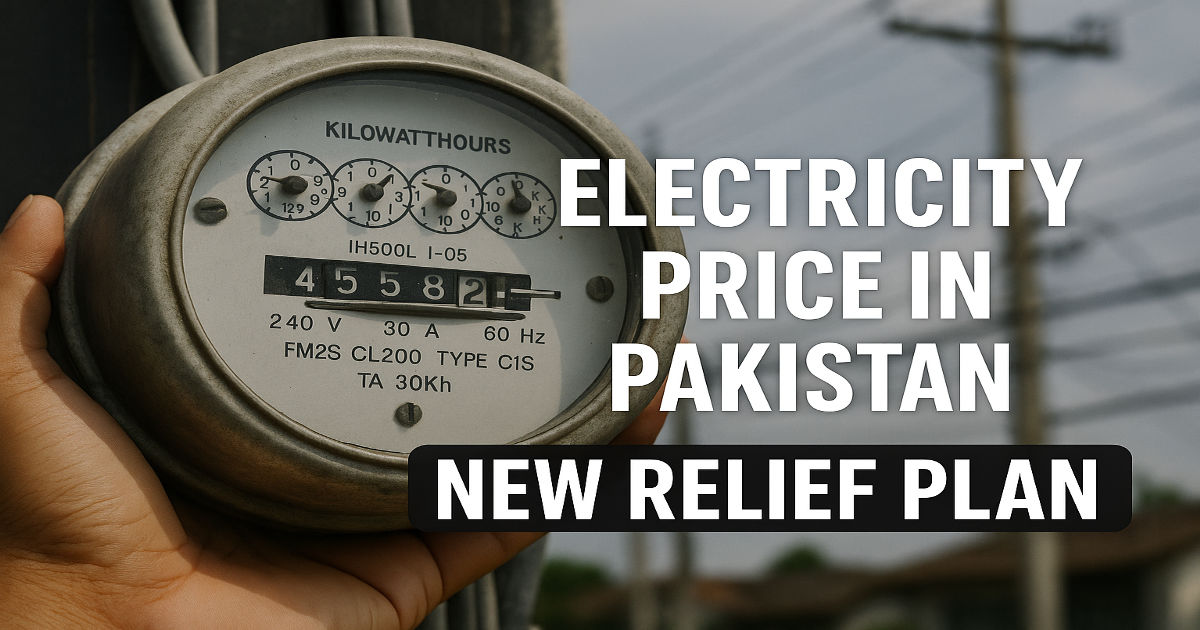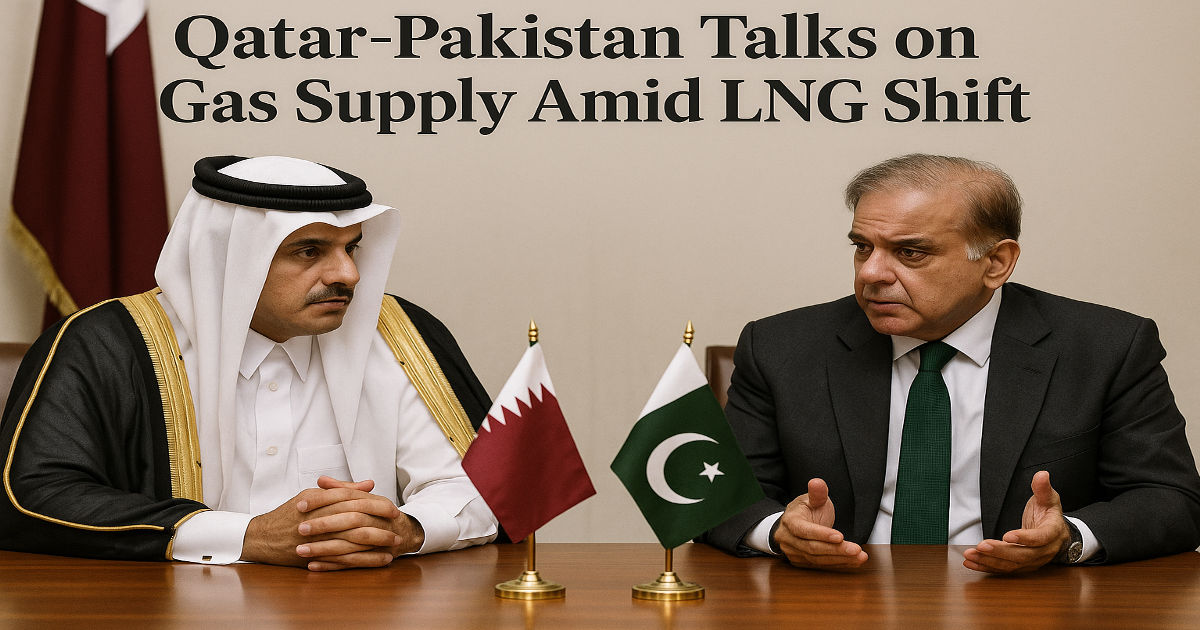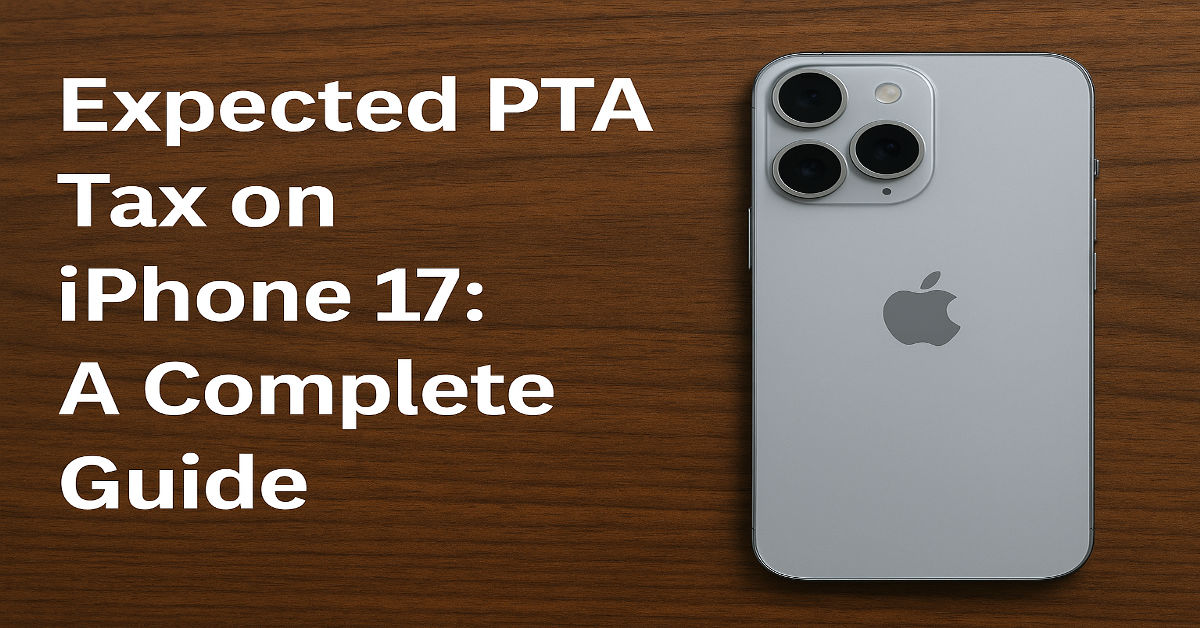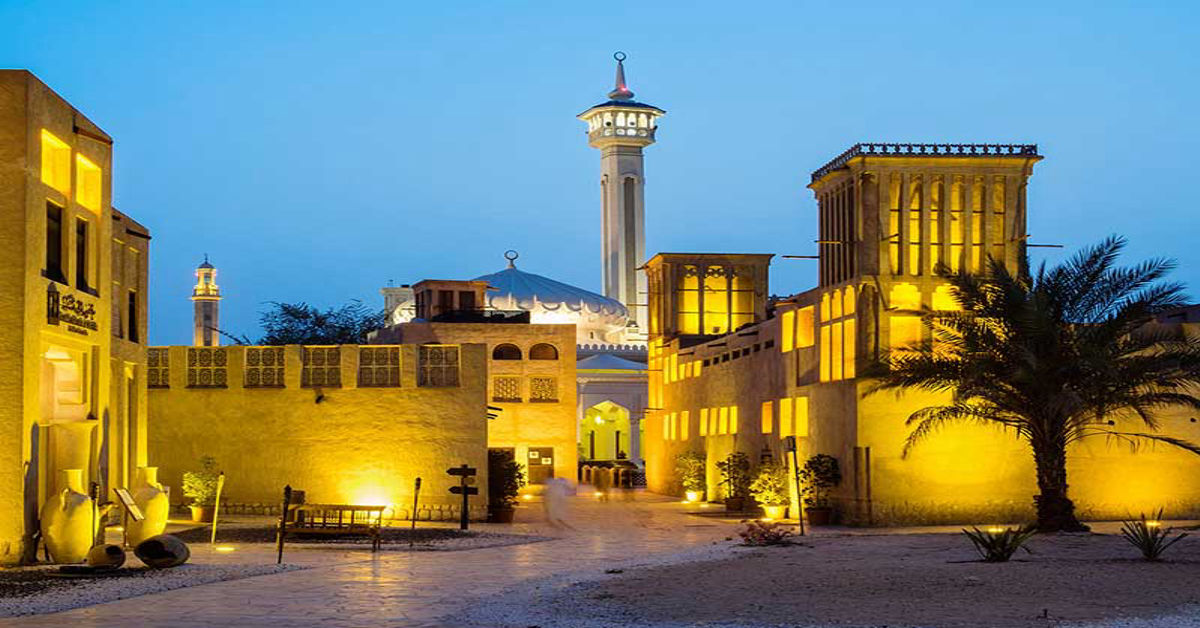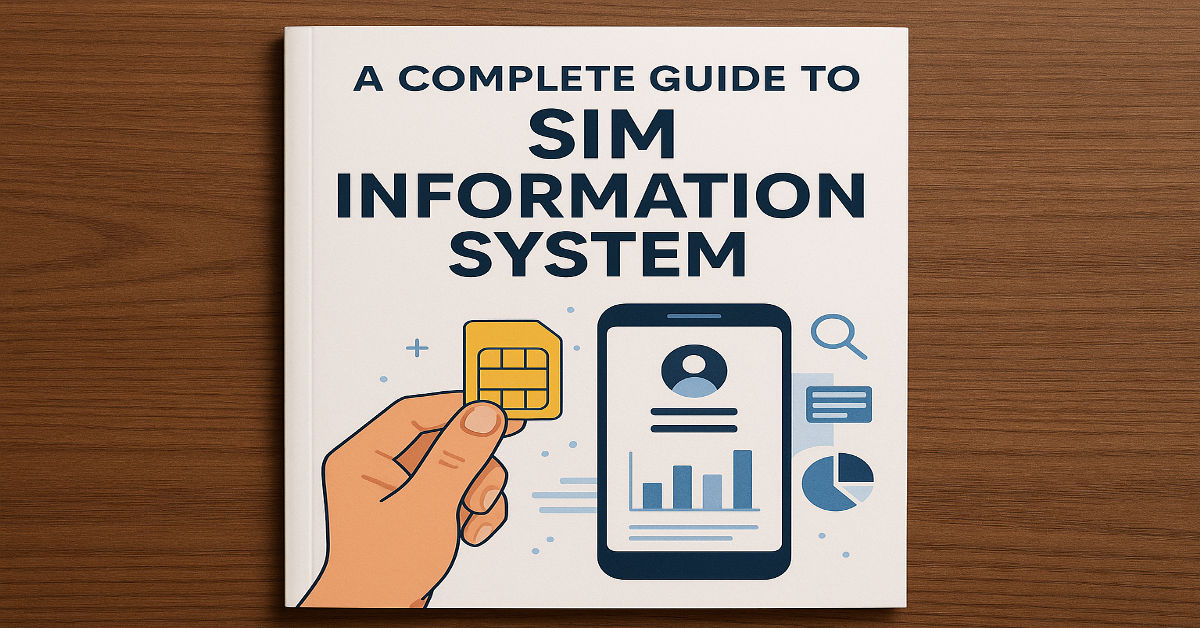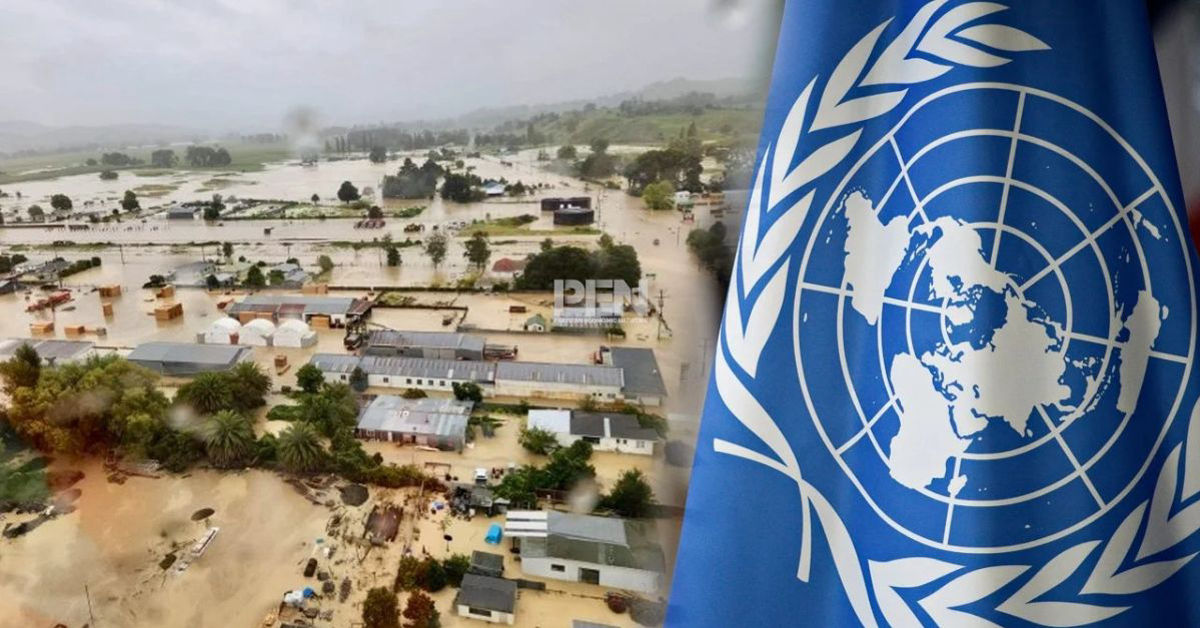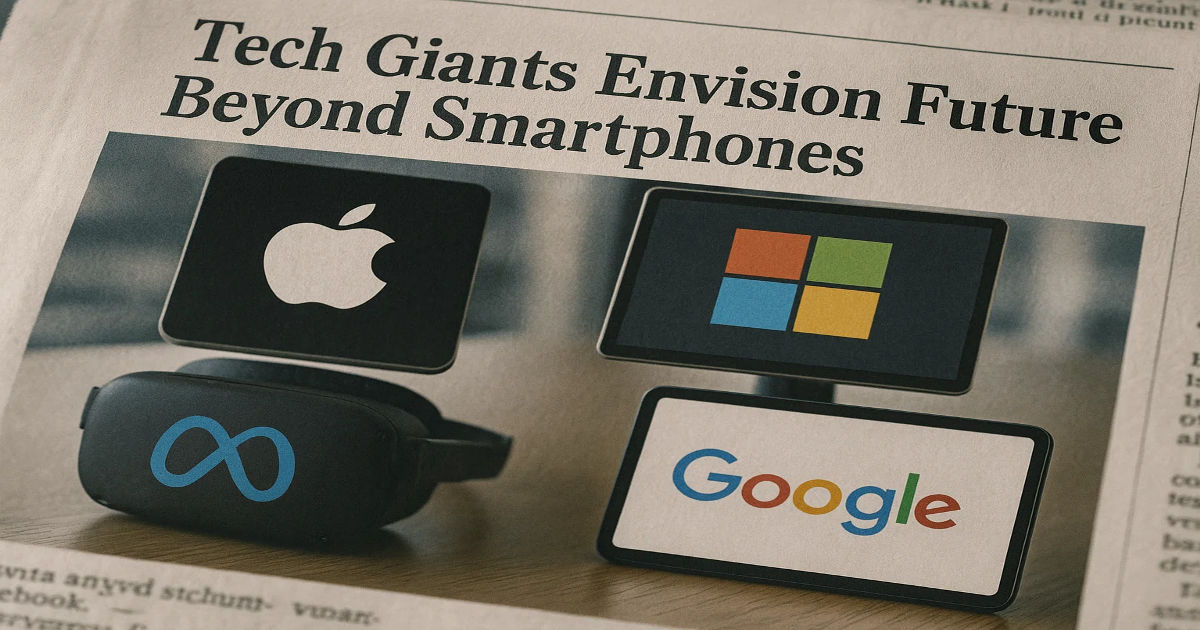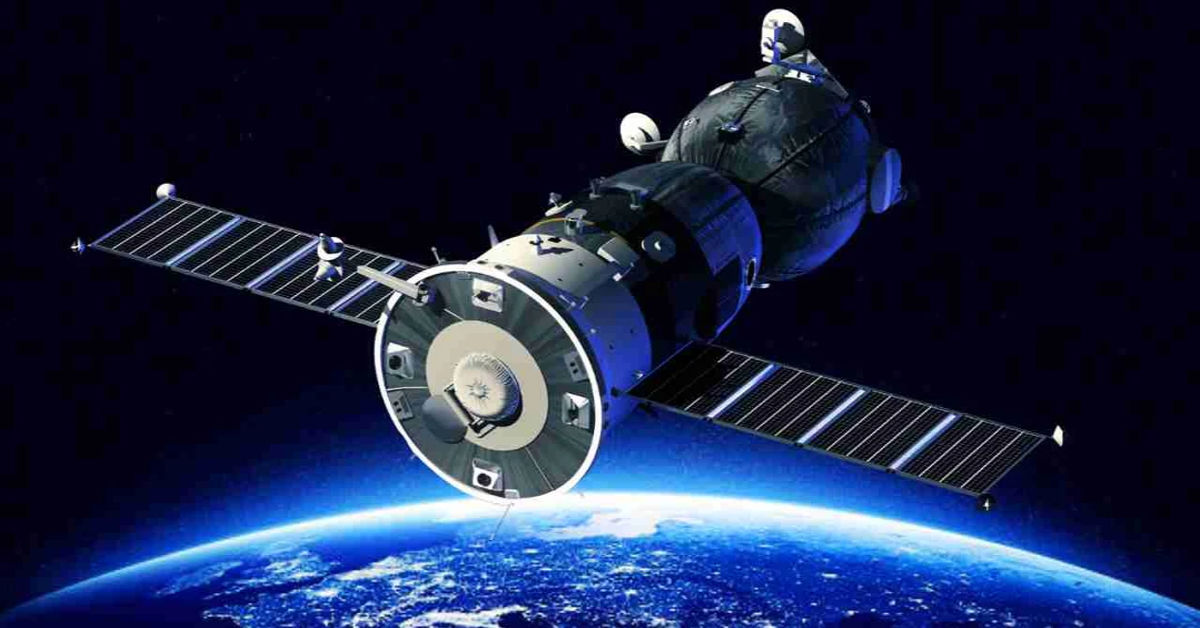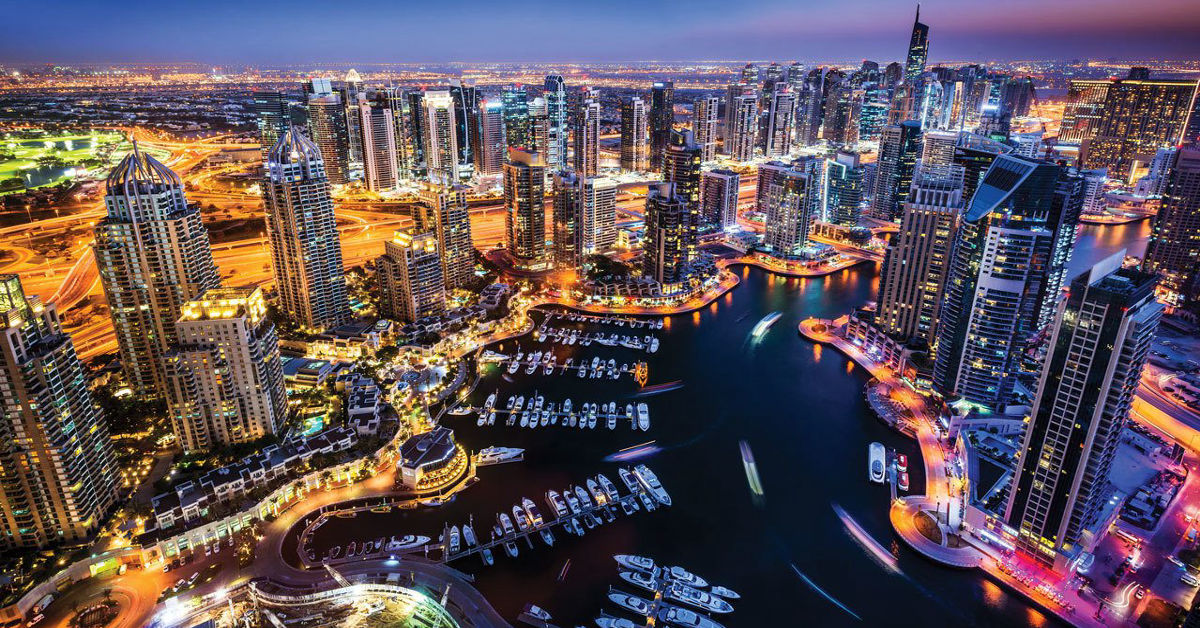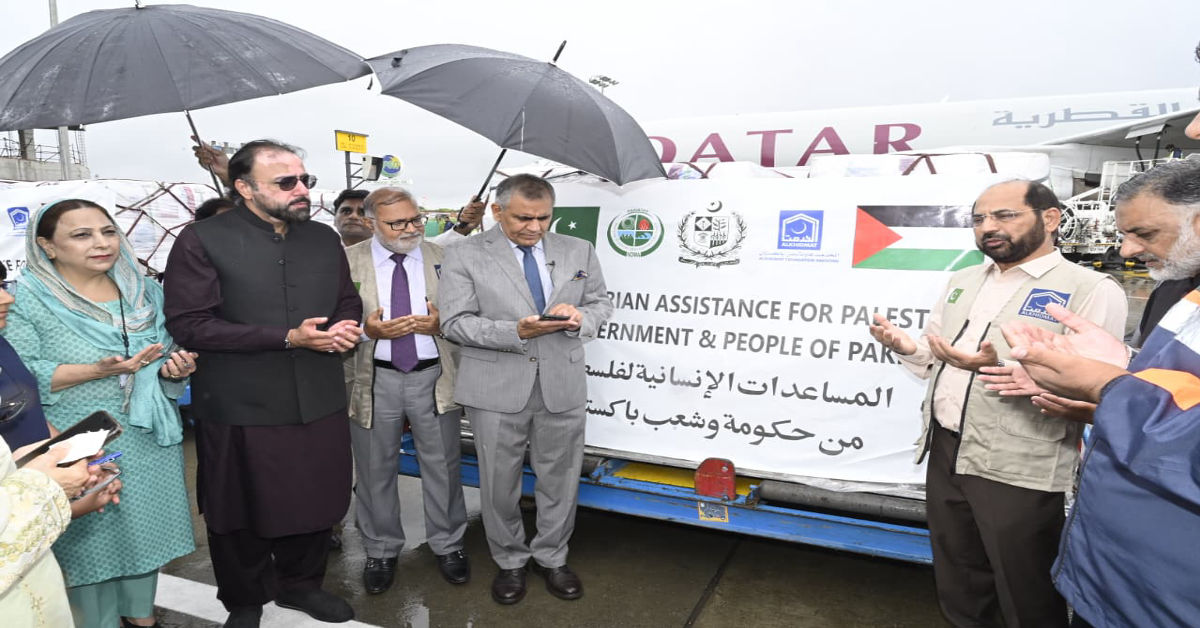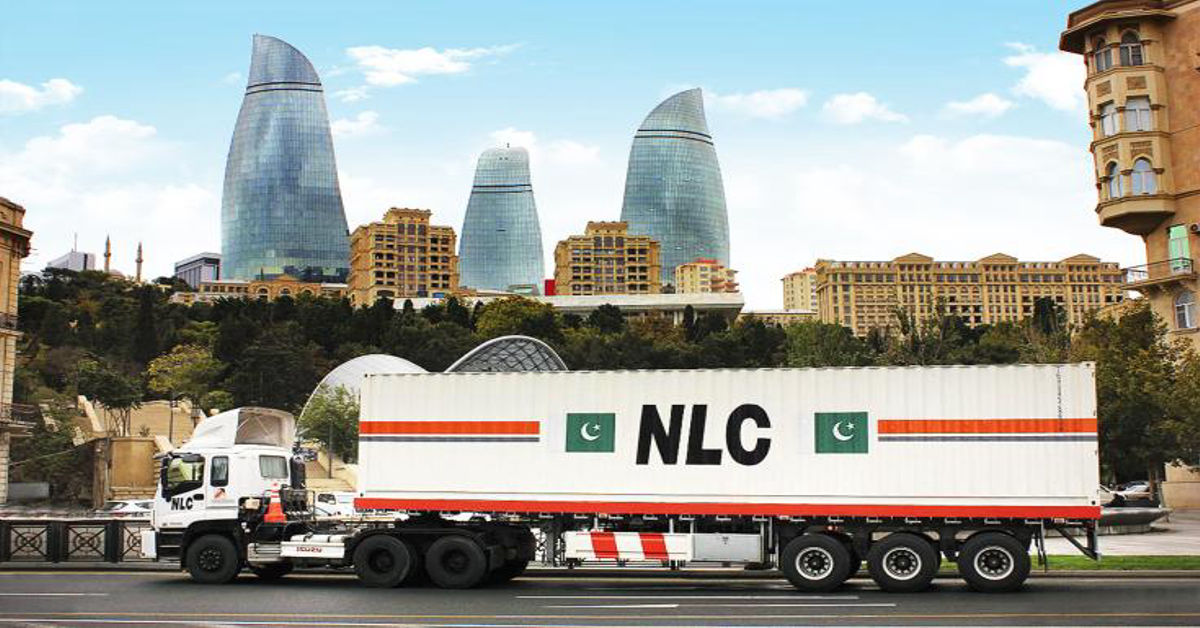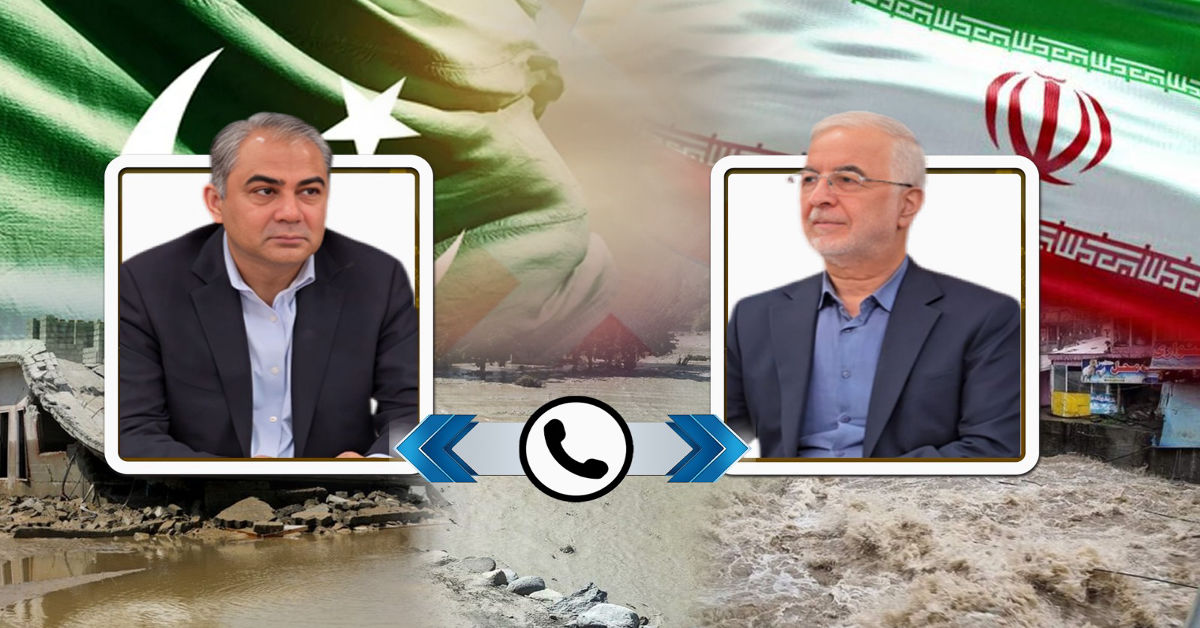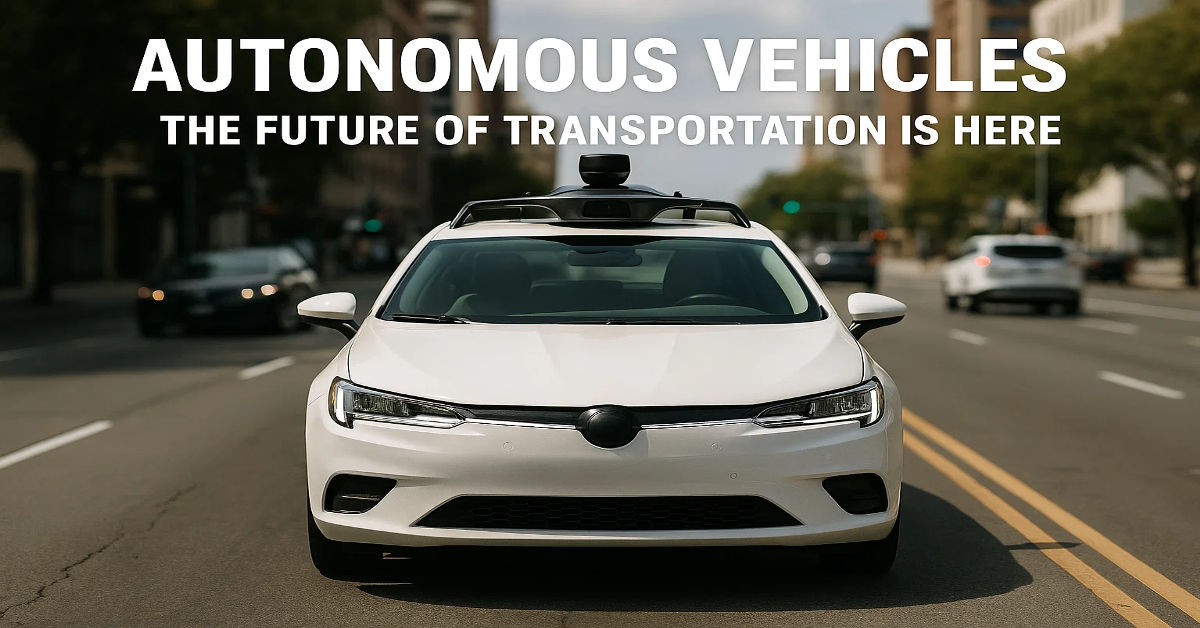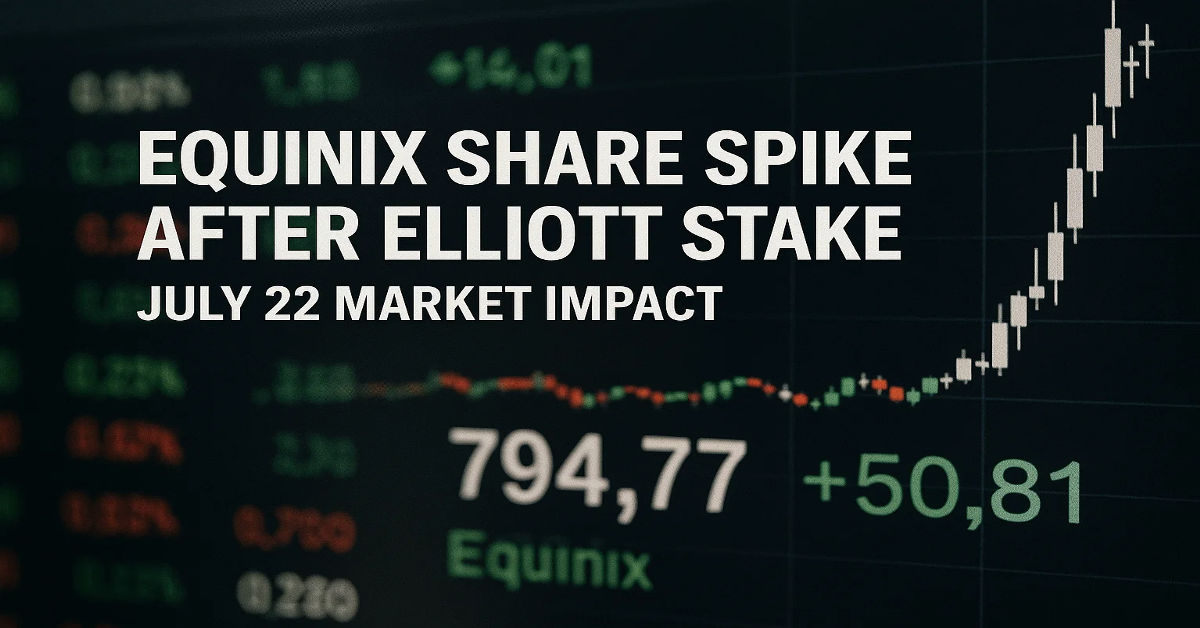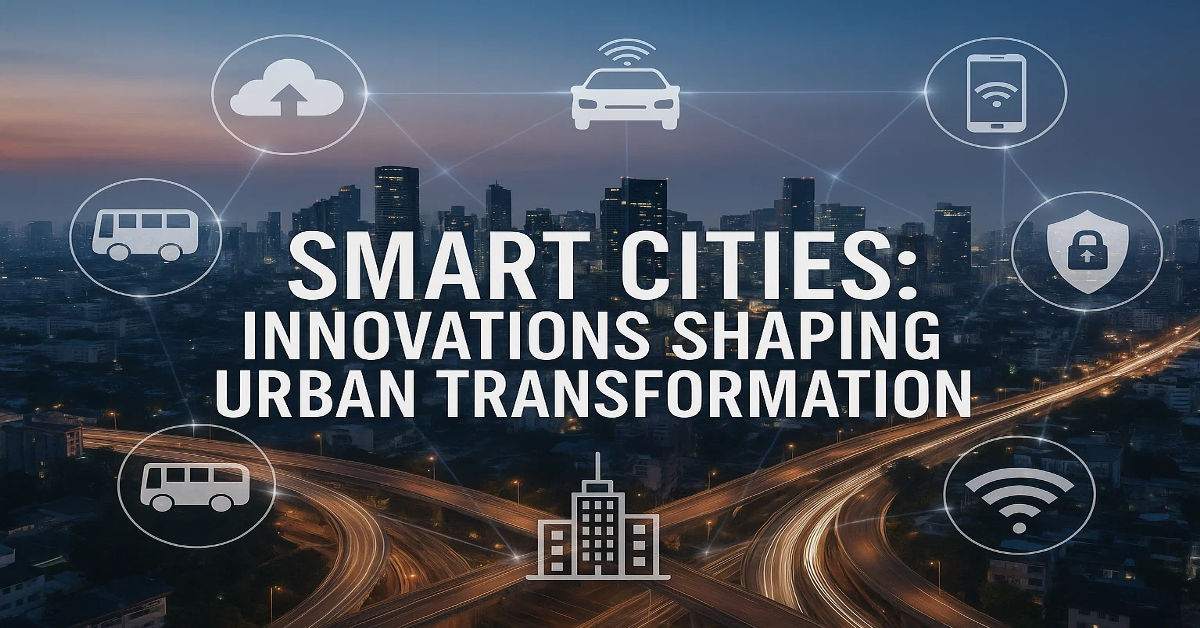
Welcome to the future of urban living, a concept that is rapidly becoming a reality around the globe. When we talk about Smart Cities, we’re discussing urban areas that use various types of electronic methods and sensors to collect data. Insights gained from that data are used to manage assets, resources, and services efficiently. The goal is to improve the quality of life for citizens by making city operations more effective and sustainable. From reducing traffic congestion to managing energy consumption, the applications are vast and transformative.
The Core Technologies Driving Urban Intelligence
At the heart of every intelligent city are powerful technologies working in harmony. The Internet of Things (IoT) is a key player, creating a network of connected devices from traffic lights to waste bins that communicate and share data. This data is then processed using Big Data analytics and artificial intelligence (AI) to identify patterns and optimize city functions. High-speed connectivity, such as 5G networks, provides the essential backbone for this constant flow of information, ensuring real-time responses and seamless integration.
Enhancing Mobility and Transportation
Imagine a city where traffic flows smoothly, parking is easy to find, and public transport is perfectly synchronized. One of the most noticeable impacts of Smart Cities is in the realm of transportation. This isn’t science fiction. Smart traffic management systems use real-time data to adjust signal timings, reroute vehicles around congestion, and reduce travel times. Connected vehicles communicate with each other and the city’s infrastructure to enhance safety and efficiency. Furthermore, smart parking solutions guide drivers to available spots, cutting down on the frustration and pollution caused by circling the block.
Sustainable Living and Energy Management
A major focus of urban innovation is creating more sustainable environments. Smart grids are revolutionizing how cities manage energy. They balance electricity supply and demand in real-time, integrating renewable energy sources like solar and wind more effectively. Smart lighting systems, using LED technology and sensors, only illuminate areas when needed, drastically reducing energy waste. Water management also gets an upgrade with sensors that detect leaks in the public water system, conserving this precious resource.
Improving Public Safety and Security
Technology is also making our cities safer. A network of intelligent cameras and sensors can help emergency services respond faster and more effectively to incidents. Real-time data analysis can predict potential crime hotspots, allowing for proactive policing. In the event of a natural disaster or public emergency, an integrated communication system can quickly alert citizens and provide crucial information, ensuring a more coordinated and efficient response.
The Role of Data in Governance
By analyzing data on everything from public health to infrastructure usage, city officials can make more informed decisions. In Smart Cities, data-driven governance leads to more responsive and transparent public services. Open data platforms allow citizens to access city information, fostering a sense of community engagement and accountability. This transparency helps build trust between the government and the people it serves, creating a more collaborative approach to urban development.
Citizen Engagement and Quality of Life
Ultimately, the true measure of a smart city is the well-being of its residents. Mobile apps can provide citizens with real-time information about public transport, local events, and government services. Digital platforms allow people to report issues like potholes or broken streetlights directly to the relevant departments. This direct line of communication empowers citizens and helps the city administration to be more responsive to their needs, leading to a higher quality of life for everyone.
The Challenges on the Road to Smarter Cities
Building a truly smart city is not without its hurdles. Significant initial investment is required for infrastructure and technology. There are also major concerns about data privacy and cybersecurity that need to be addressed to protect citizens’ information. Ensuring that these technological advancements are accessible to all segments of the population, thereby avoiding a “digital divide,” is another critical challenge that planners must overcome.
Conclusion
It’s about more than just technology; it’s about using innovation to create more livable, workable, and sustainable urban environments for generations to come. The journey toward creating Smart Cities is a complex but exciting one. By integrating intelligent solutions into the fabric of our cities, we can solve some of the most pressing challenges of modern life and build a brighter, more efficient future for all residents.
FAQs
1. What is a smart city?
A smart city is an urban area that uses technology, particularly the Internet of Things (IoT) and data analysis, to improve the quality of life for its citizens. This includes enhancing services like transportation, energy management, public safety, and governance to make them more efficient and sustainable.
2. How do smart cities improve transportation?
Smart cities use real-time data from sensors and cameras to manage traffic flow, optimize public transit routes, and provide smart parking solutions. This helps reduce congestion, shorten travel times, and decrease vehicle emissions.
3. Is my data safe in a smart city?
Data privacy and cybersecurity are major priorities in the development of smart cities. Municipalities implement robust security measures, encryption, and strict data governance policies to protect citizens’ personal information from unauthorized access and cyber threats.

